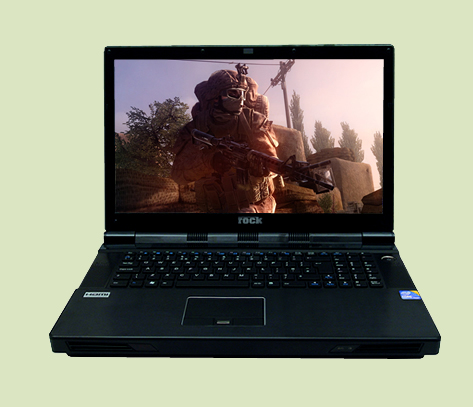Support / Jargon Buster V - X
A - C |
D - F |
G - I |
J - L |
M - O |
P - R |
S - U |
V - X |
Y - Z
V.90: This is a standard for 56kbps modems. V.90 modems are designed to have download speeds of 56kbps and upload speeds of 33.6kbps.
VGA: Video Graphics Array, now considered a minimal screen display. 640x480 pixels in at least 256 colours.
VIDEO CONFERENCING: A setup in which each person has a small video camera on their desk enabling each person to' view and speak to each other over the network (being either local or wide using a telephone).
VIRUS: a piece of programming code inserted into other programming to cause some unexpected and, for the victim, usually undesirable event. Viruses can be transmitted by downloading programming from other sites or be present on a diskette. The source of the file you're downloading or of a diskette you've received are often unaware of the virus. The virus lies dormant until circumstances cause its code to be executed by the computer. Some viruses are playful in intent and effect ("Happy Birthday, Ludwig!") and some can be quite harmful, erasing data or causing your hard disk to require reformatting. Generally, there are three main classes of viruses:
File infectors. These viruses attach themselves to program files, usually selected .COM or .EXE files. Some can infect any program for which execution is requested, including .SYS, .OVL, .PRG, and .MNU files. When the program is loaded, the virus is loaded as well.
System or boot-record infectors. These viruses infect executable code found in certain system areas on a disk. They attach to the DOS boot sector on diskettes or the Master Boot Record on hard disks.
Macro viruses. These are among the most common viruses, and they tend to do the least damage. Macro viruses infect your Microsoft Word application and typically insert unwanted words or phrases.
The best protection against a virus is to know the origin of each program or file you load into your computer. Since this is difficult, you can buy anti-virus software that typically checks all of your files periodically and can remove any viruses that are found. Two leading anti-virus software products are Norton Anti-Virus and MacAfee Virus Scan.
WAN (Wide Area Network): WANs offer ways of linking computers at different office sites, perhaps hundreds of miles apart, so that they can share information and specialised peripherals.
WiFi (Wireless Fidelity): A radio frequency standard that is used to connect devices, such as computers, together using a wireless connection. Instead of computers being connected with network cables, signals are sent over radio frequencies using wireless network cards and hubs.
WIN.INI: a primary Windows configuration file.
WINDOWS: The most popular Graphical User Interface (GUI) for the PC. Windows allows you to go into programs, switch between programs and manage files by clicking on icons with a mouse.
WIRELESS COMMS: This is electronic communications without using cables. Such as Infra red.
WWW: WORLD WIDE WEB. This is the most popular part of the Internet. This is the collective term for everything on the Internet that uses HTTP.
XGA: Extended Graphics Array. A computer display system that offers a resolution of 1,024x768 picture elements or ‘pixels’ with 256 colours at once. The display is compatible with the popular VGA system
XML (eXtensible Markup Language): A modern, very flexible language that is increasingly being used to send all kinds of data across the Internet. XML’s uses include the exchange of critical financial data, as well as serving Web pages in a similar way to HTML.
|


 Xtreme
Xtreme









